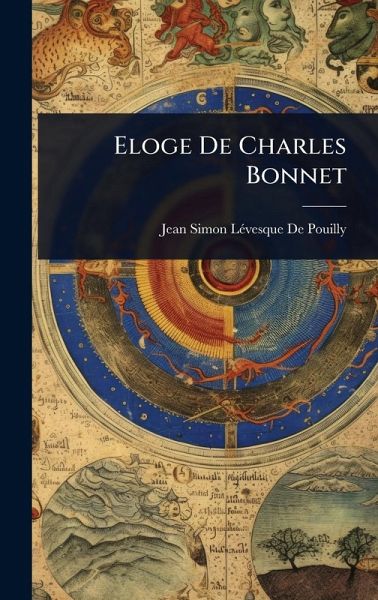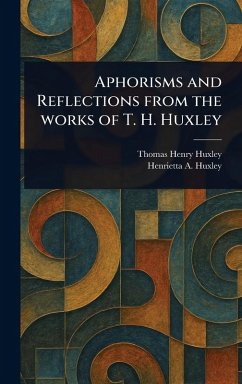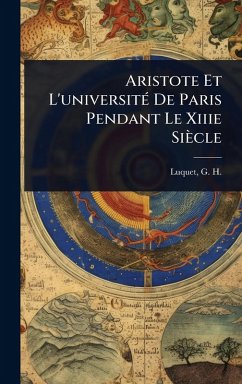
Eloge De Charles Bonnet
Versandkostenfrei!
Versandfertig in über 4 Wochen
29,99 €
inkl. MwSt.
Weitere Ausgaben:

PAYBACK Punkte
15 °P sammeln!
Eloge De Charles Bonnet, written by Jean Simon LÃ(c)vesque De Pouilly, is a biographical tribute to the life and work of Charles Bonnet, the Genevan naturalist and philosophical writer. Published in 1794, this work provides insights into Bonnet's contributions to science, philosophy, and natural history. The text celebrates his intellectual achievements and explores his lasting impact on 18th-century thought. This âElogeâ offers valuable historical context, portraying the intellectual milieu of the Enlightenment era and shedding light on the development of scientific and philosophical ideas...
Eloge De Charles Bonnet, written by Jean Simon LÃ(c)vesque De Pouilly, is a biographical tribute to the life and work of Charles Bonnet, the Genevan naturalist and philosophical writer. Published in 1794, this work provides insights into Bonnet's contributions to science, philosophy, and natural history. The text celebrates his intellectual achievements and explores his lasting impact on 18th-century thought. This âElogeâ offers valuable historical context, portraying the intellectual milieu of the Enlightenment era and shedding light on the development of scientific and philosophical ideas. It remains a significant resource for scholars interested in the history of science, the history of philosophy, and the intellectual currents of pre-revolutionary France. Readers interested in the life and legacy of Charles Bonnet will find this a compelling and informative read. This work has been selected by scholars as being culturally important, and is part of the knowledge base of civilization as we know it. This work was reproduced from the original artifact, and remains as true to the original work as possible. Therefore, you will see the original copyright references, library stamps (as most of these works have been housed in our most important libraries around the world), and other notations in the work. This work is in the public domain in the United States of America, and possibly other nations. Within the United States, you may freely copy and distribute this work, as no entity (individual or corporate) has a copyright on the body of the work. As a reproduction of a historical artifact, this work may contain missing or blurred pages, poor pictures, errant marks, etc. Scholars believe, and we concur, that this work is important enough to be preserved, reproduced, and made generally available to the public. We appreciate your support of the preservation process, and thank you for being an important part of keeping this knowledge alive and relevant.












